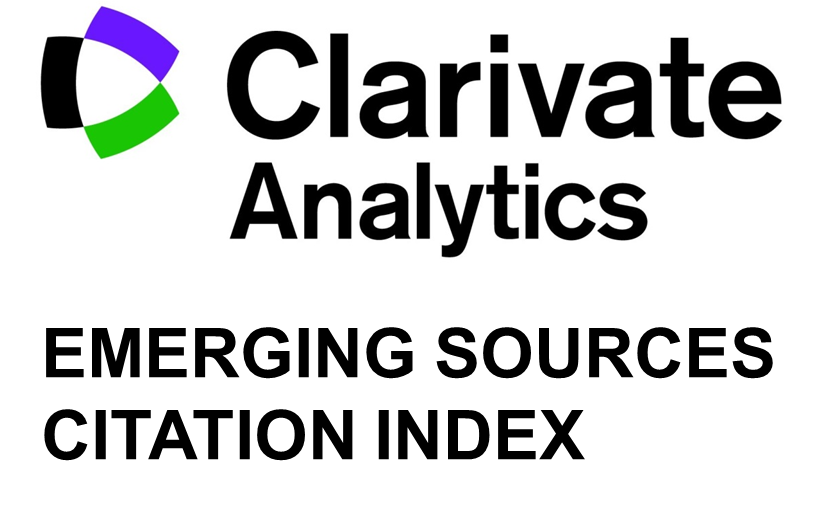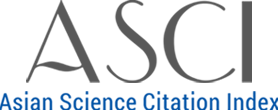Balanced Scorecard Perspectives as a Driver for Leadership in HEIs in the Era of Industry 5.0: A SEM-ANN Approach
DOI:
https://doi.org/10.5937/StraMan2500003ZKeywords:
Balanced scorecard (BSC), higher education institutions (HEIs), Industry 5.0, leadership, qualityAbstract
Background: It is well known that Industry 5.0 can have an impact on improving organisational performance. Higher education institutions have significant potential for social development. Besides Industry 5.0 as a new research area that can impact the improvement of organisational performance, the strategic Balanced Scorecard model can be used to enhance organisational performance. One of the most important factors with the greatest impact on organisational performance is leadership. Higher education institutions leadership must establish mechanisms for measuring and improving organisational performance.
Purpose: The aim of the paper is to analyse the impact of the perspectives of the strategic Balanced Scorecard model on the leadership variable in higher education institutions in the new era of Industry 5.0. The Balanced scorecard perspectives include financial and non-financial performance indicators.
Study design/methodology/approach: Four research hypotheses were tested in the paper through the analysis of data collected from employees at higher education institutions (primarily teaching staff, but also some administrative staff) in Serbia and the region. A questionnaire was used in the research to analyse the attitudes of employees on a five-point Likert scale. The instrument was applied to a sample of 374 correctly completed responses, using Structural Equation Modelling and Artificial Neural Networks.
Findings/conclusions: The study examines the impact of BSC variables (financial perspective, learning and growth perspective, internal business processes perspective, and customer and stakeholder perspective) on leadership. The results show that all four observed BSC variables have a positive impact on leadership, thus confirming all the examined hypotheses. Such conclusions indicate that performance achievements can significantly direct and shape leadership in HEIs in the new era of Industry 5.0.
Limitations/future research: The most significant limitation of this paper relates to the lack of research on quality models in organizations in general, and especially in higher education institutions, particularly considering that Industry 5.0 is a new research area. Furthermore, the research can be expanded to other areas. Expanding the research to other service or production sectors could provide a more comprehensive equation analysis. Additionally, recommendations for future research may include exploring additional predictors and expanding the research to other countries to enable mutual comparison of research findings.
Downloads
Published
Issue
Section
License
Copyright (c) 2025 Nedeljka Živković, Isidora Milošević, Maja Glogovac

This work is licensed under a Creative Commons Attribution 4.0 International License.













